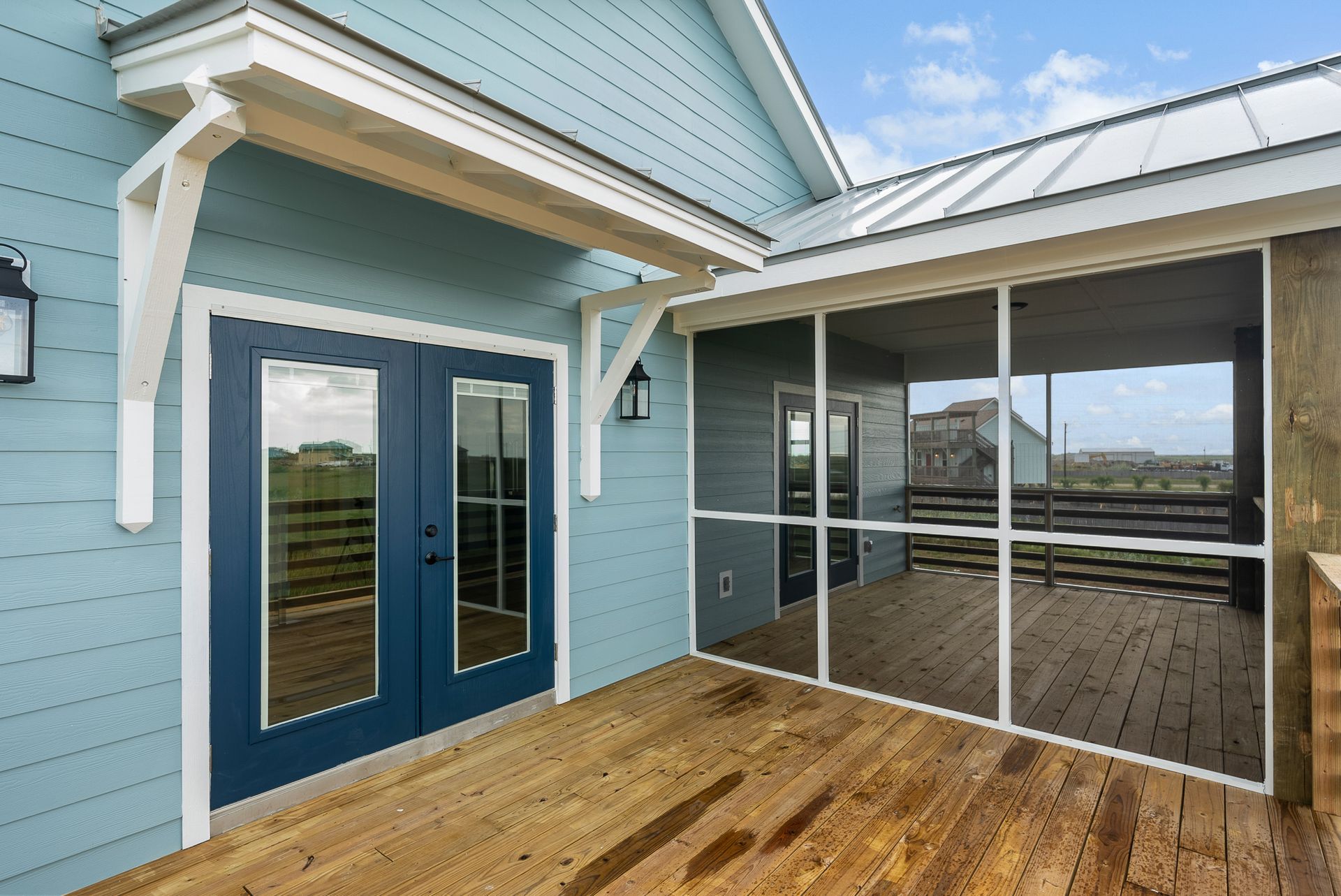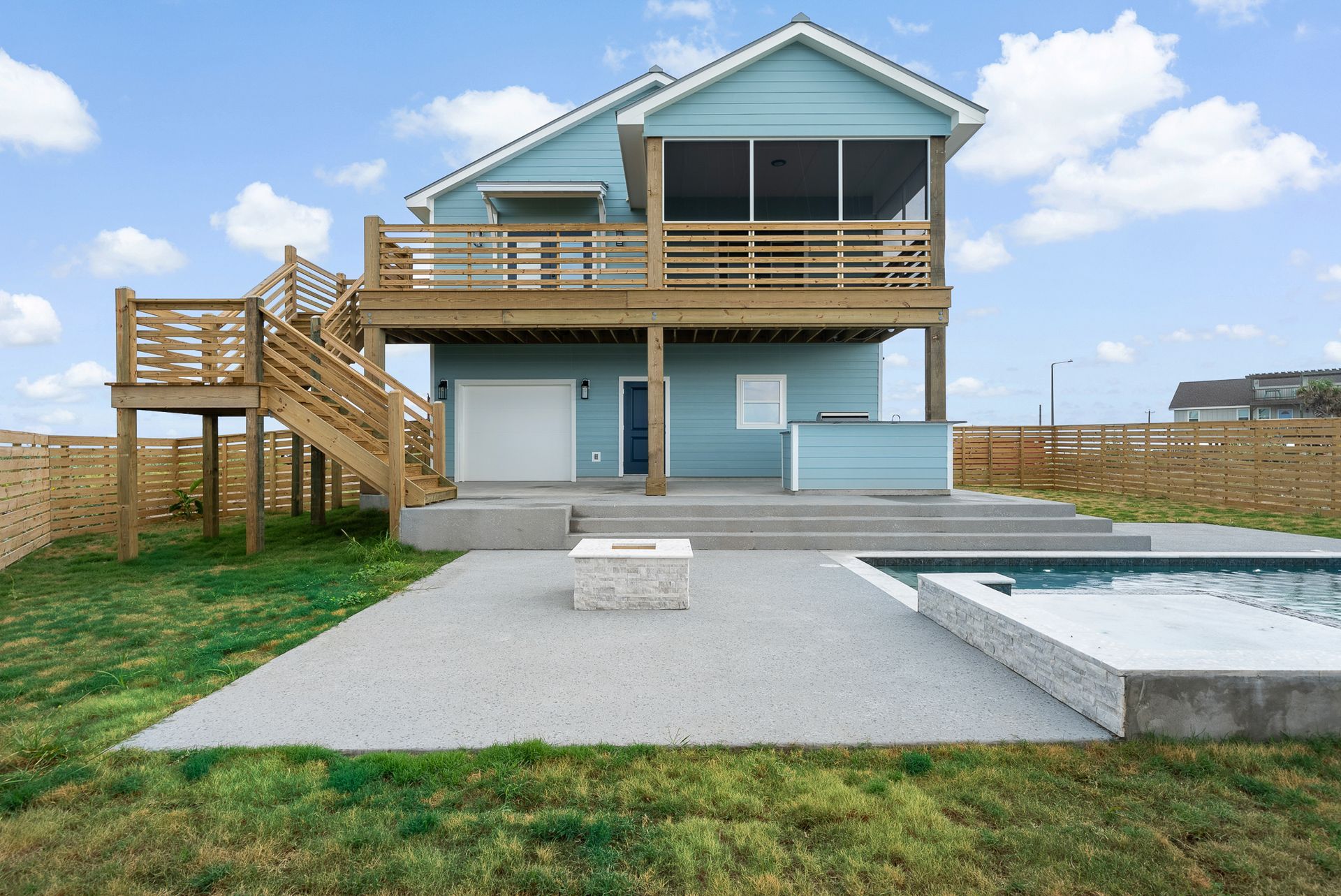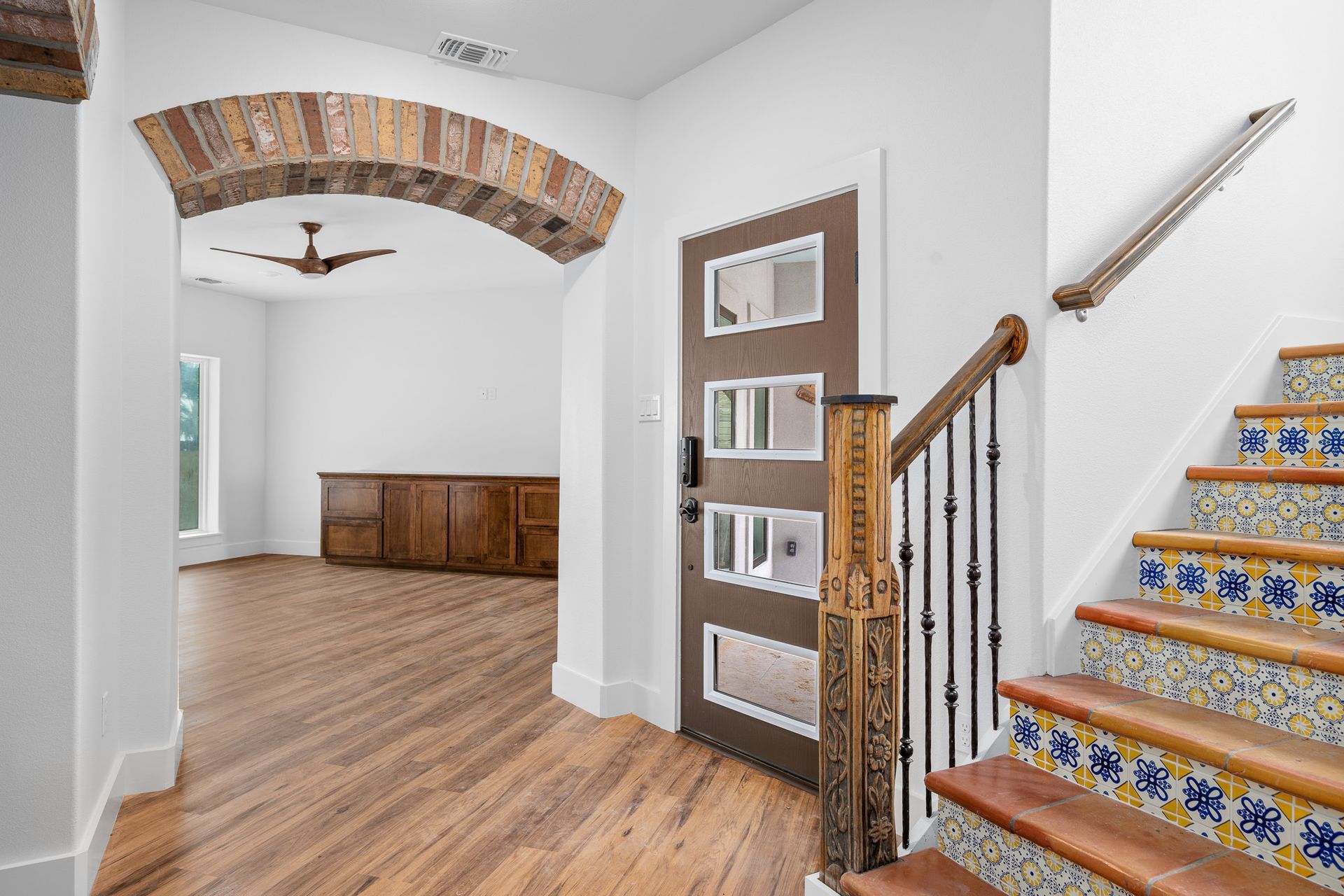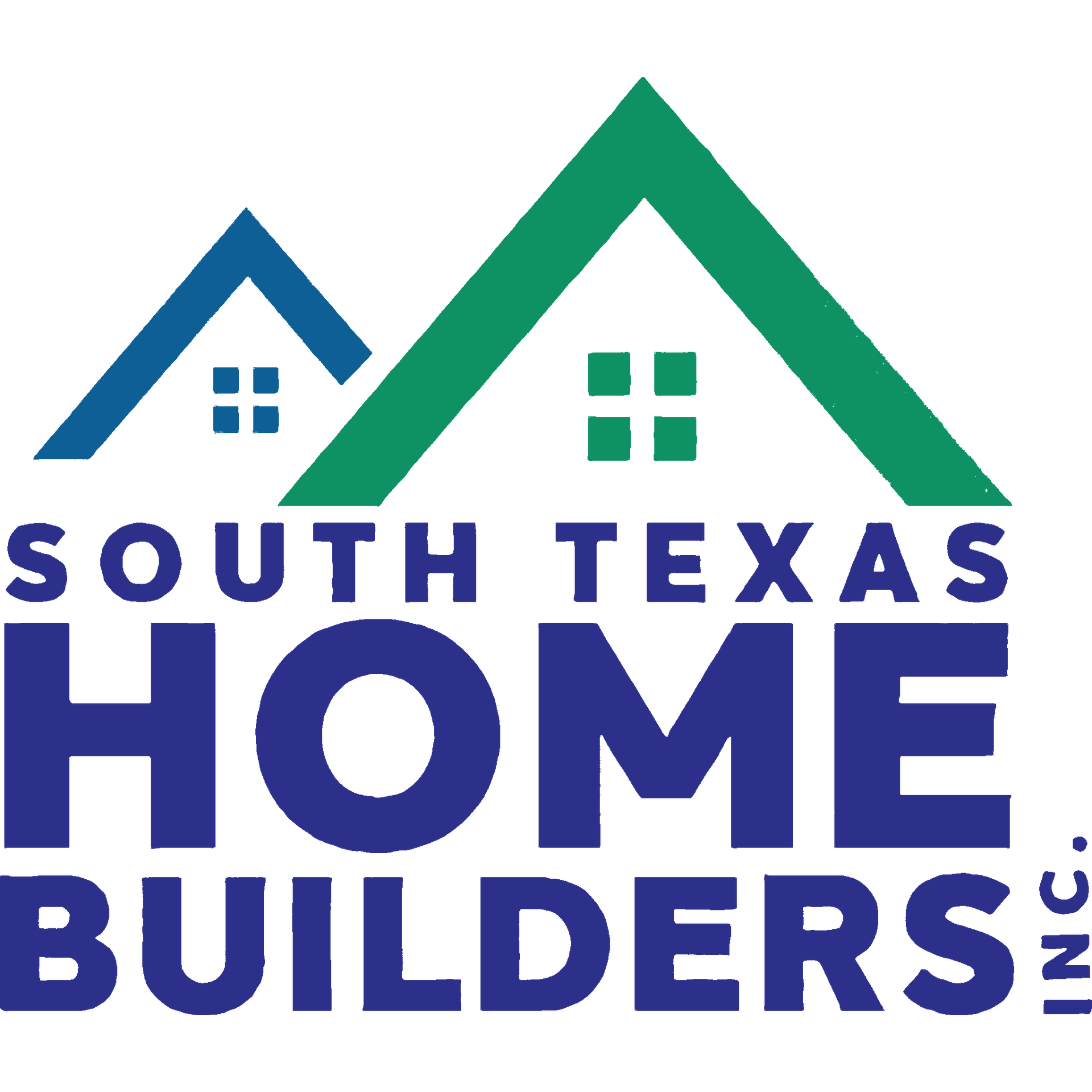Understanding Elevation Requirements for Coastal Homes 📏🌊
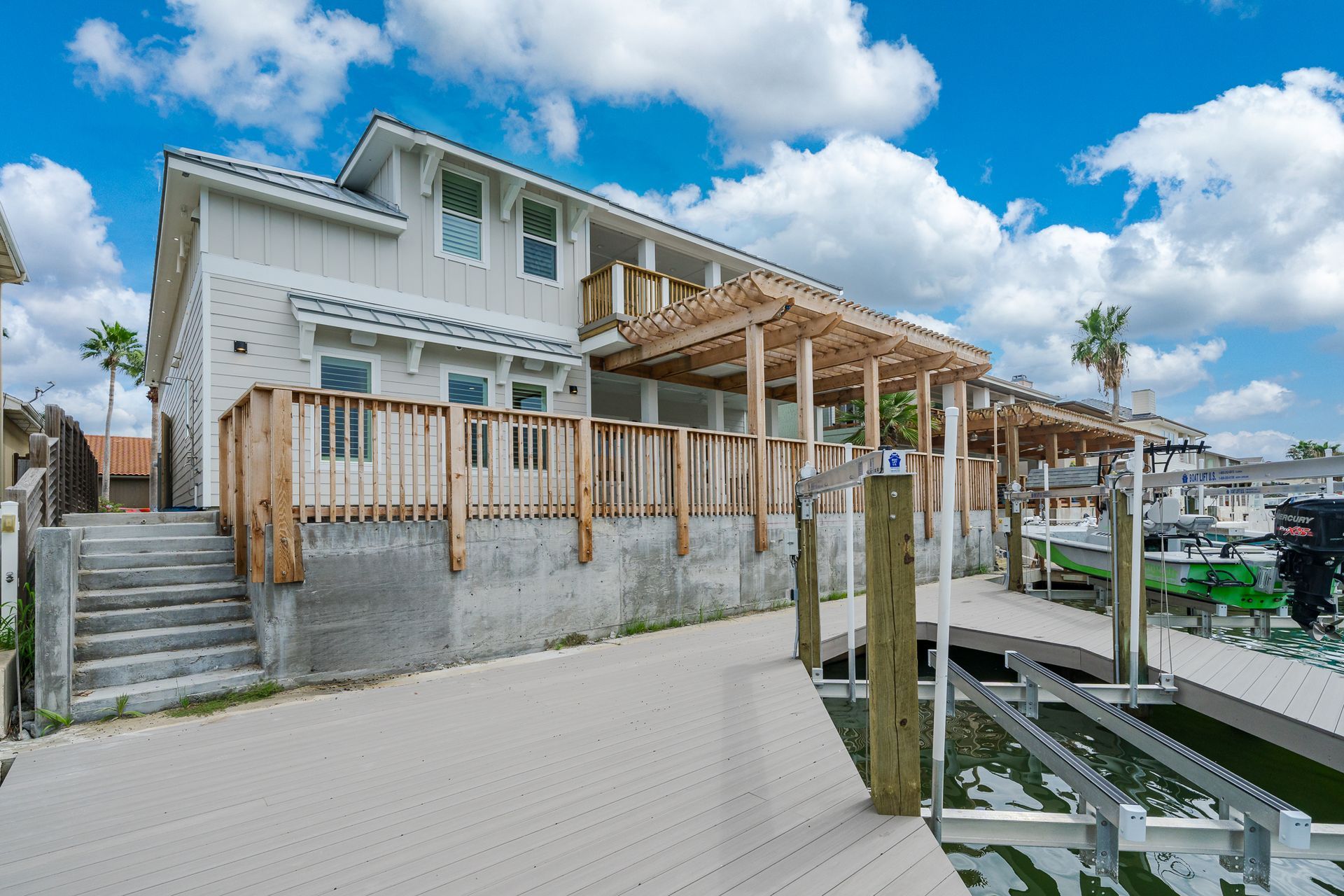
When building along the Texas coast, elevation isn’t just a design choice—it’s a necessity. Elevation requirements are put in place to protect your home from flooding, storm surges, and severe weather common to coastal areas.
At South Texas Home Builders, we make sure your new home is designed and built to meet or exceed all elevation standards, ensuring lasting safety, lower insurance costs, and long-term peace of mind.
Here’s what you need to know about elevation requirements for coastal custom homes:
🌊 Step 1: Know Your Flood Zone and Base Flood Elevation (BFE)
The Federal Emergency Management Agency (FEMA) designates coastal areas into different flood zones, each with its own elevation rules.
✅ Important Details:
✔️ Zones AE, VE, and Coastal A Zones have mandatory elevation standards
✔️ Base Flood Elevation (BFE) is the minimum height your home’s finished floor must reach
✔️ V Zones require homes on pilings or open foundations
💡 Builder Tip: We start every project by reviewing your lot’s FEMA flood map and local regulations to determine required elevation.
🏗️ Step 2: Foundation Options for Elevated Homes
Depending on your flood zone and local codes, different foundation types may be required to safely elevate your home.
✅ Common Coastal Foundations:
✔️ Pier-and-beam systems
✔️ Pile or stilt foundations (especially in VE zones)
✔️ Raised slab-on-grade with engineered fill (for lower-risk zones)
💡 Builder Tip: Elevating your home can also provide bonus storage, parking, or recreational space underneath.
📜 Step 3: Compliance with Local + State Building Codes
In addition to FEMA rules, local municipalities often have even stricter elevation and structural requirements for coastal homes.
✅ Regulatory Requirements May Include:
✔️ Minimum freeboard (additional height above BFE, often 1–3 feet)
✔️ Engineered foundations with windstorm certification
✔️ Design approvals for dune protection and erosion control
💡 Builder Tip: We coordinate all engineering reports, inspections, and certifications to make sure your build is 100% compliant.
🧮 Step 4: How Elevation Impacts Design + Costs
Elevating your home affects more than just structure—it can influence design choices, insurance premiums, and sitework costs.
✅ Things to Consider:
✔️ Stairs, elevators, and ramps for access
✔️ Views and outdoor living spaces (like decks and balconies)
✔️ Savings on flood insurance premiums due to higher elevation
💡 Builder Tip: Proper elevation planning can increase the home's value and lower long-term insurance costs significantly.
⚠️ Step 5: Avoid Common Elevation Mistakes
Skipping elevation planning or underbuilding your foundation can lead to major issues—both financially and structurally.
✅ Mistakes We Help You Avoid:
✔️ Building too low and failing inspections
✔️ Poor drainage planning around raised homes
✔️ Missing out on elevation certificates that lower insurance costs
💡 Builder Tip: We involve surveyors and engineers early to ensure everything from lot grading to finished floor height is perfect.
Ready to build a coastal home that's safe, stunning, and storm-ready?
📞 Contact South Texas Home Builders today—our coastal experts will help you meet every elevation requirement while maximizing the beauty and functionality of your custom home.
NEWS

